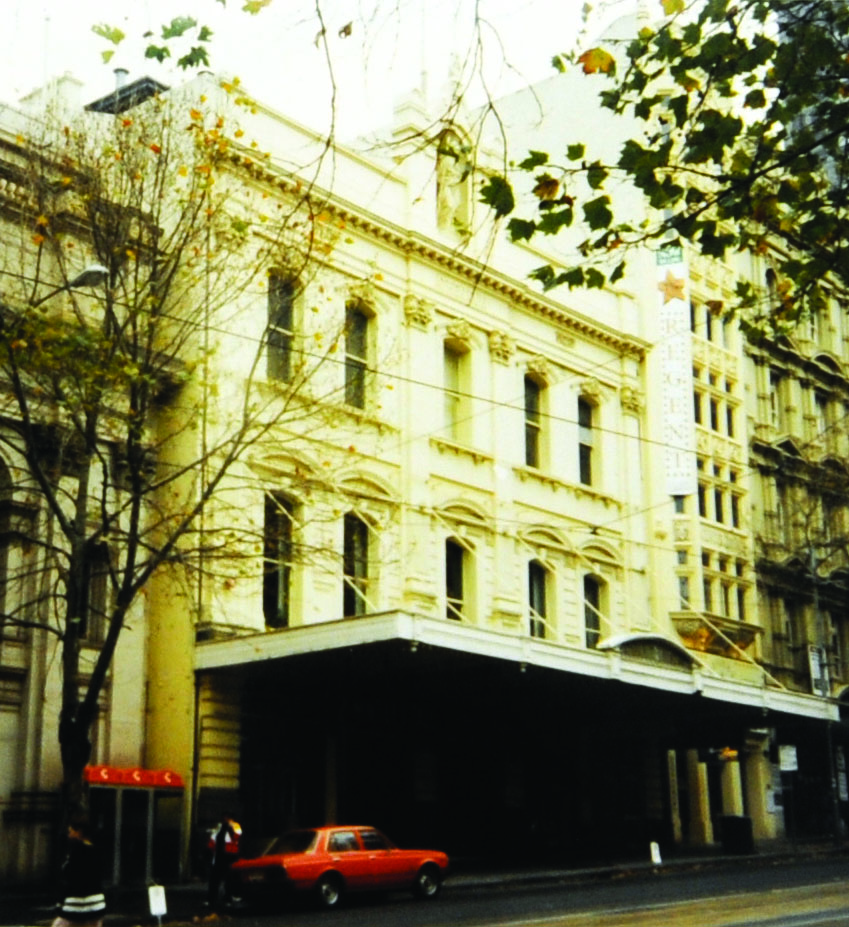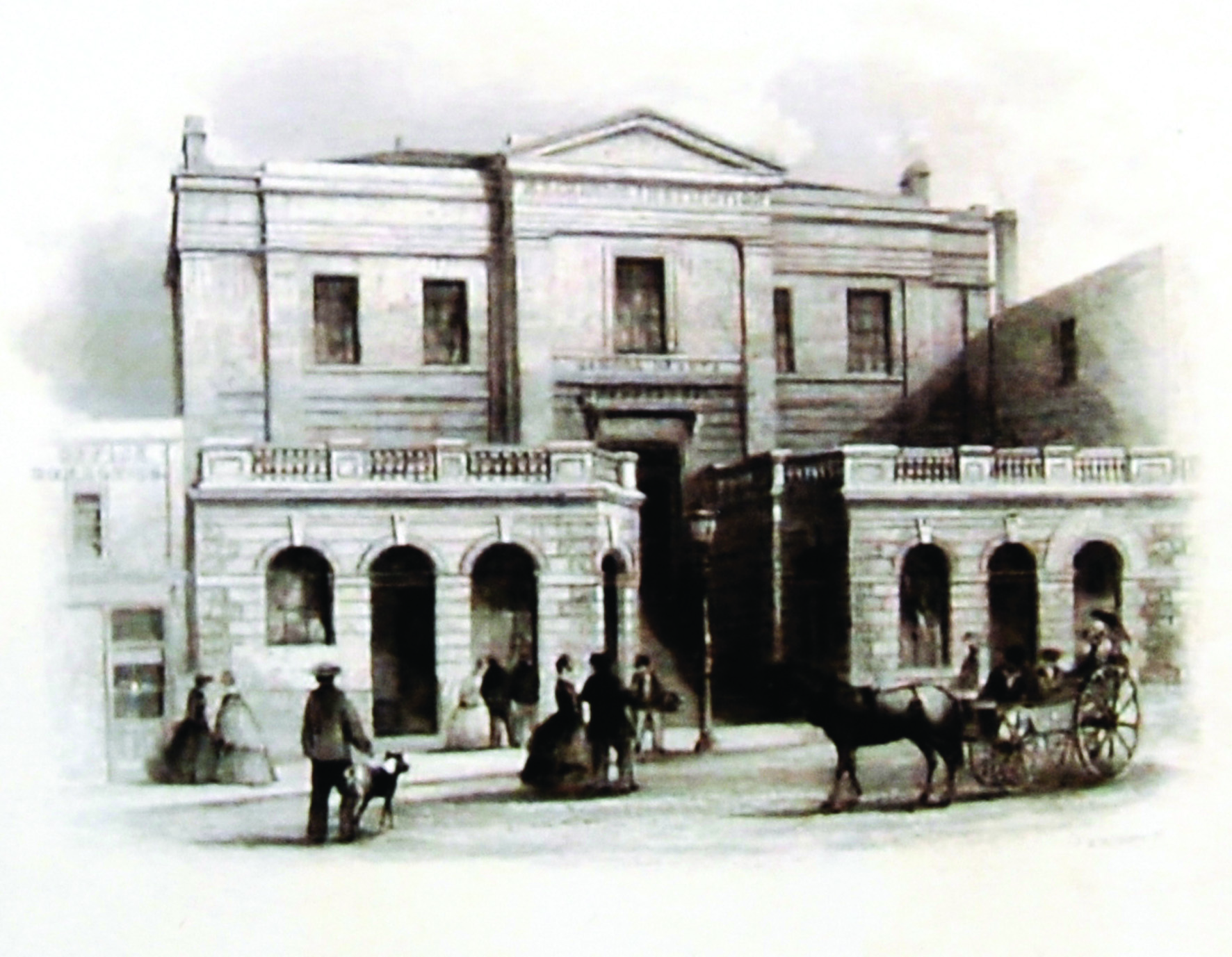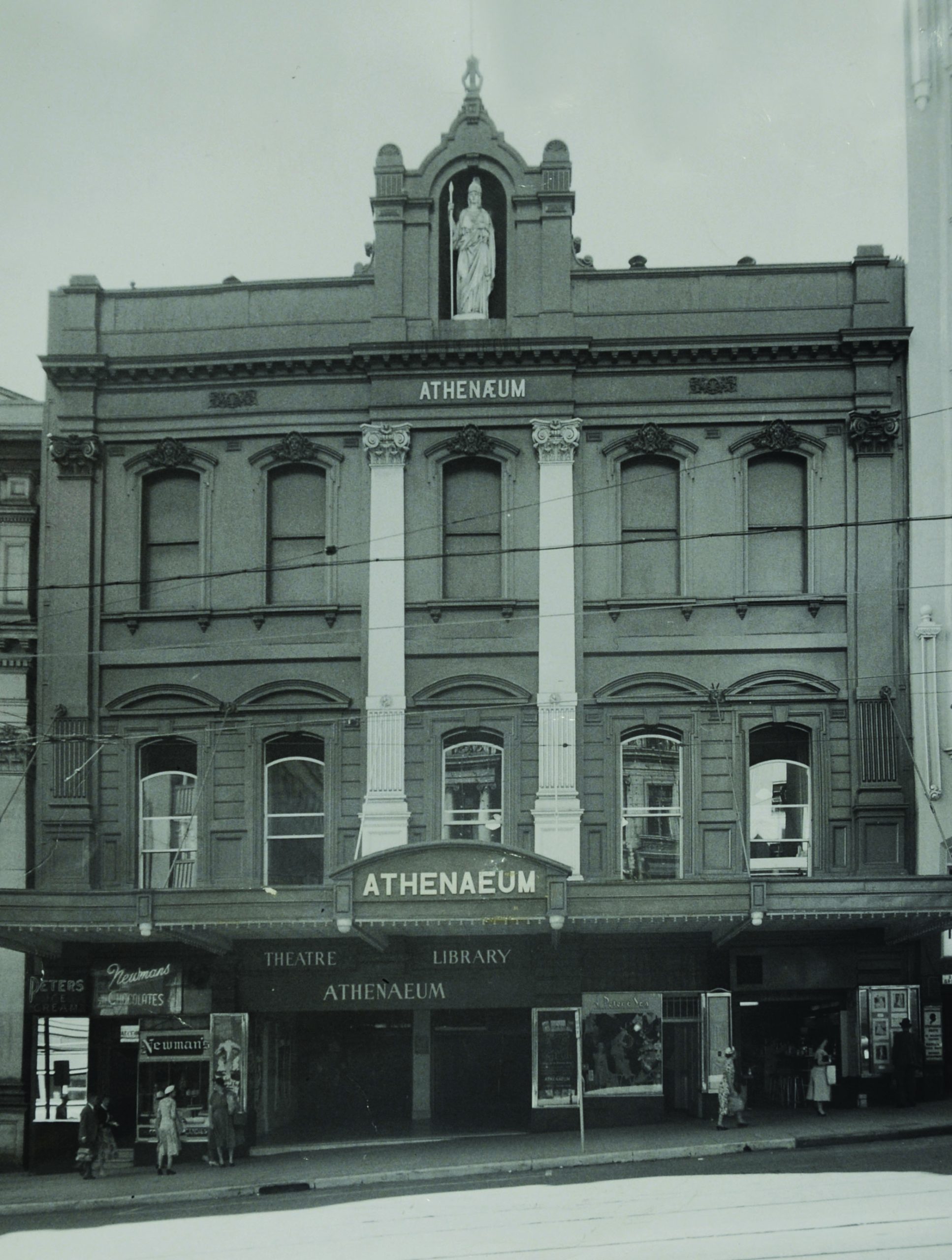The Melbourne Athenaeum Library will be closed on Monday June 9 for the King's Birthday public holiday.
The story that unfolds here is about a unique organisation which continues to contribute to the city's culture in a building that was first completed in 1842.
Exhibitions, meetings, musical, theatrical and other entertainments, films, lectures, educational classes, dances and formal balls have been held within the building's walls. The theatres continue to entertain Melbourne's people and provide a space for social and cultural events.
The Athenaeum Art Gallery was officially established in 1910 when R.W.E. Wilmot, secretary from 1909 to 1949, decided to develop the small hall into an exhibition space for the artists. The Athenaeum Gallery, as it was called, became a popular venue for professional and amateur artists alike.
Annual reports from 1910 to 1971 give detailed information on the activities and events of the art gallery, and serve as a testament to its popularity. Click here to view a list of exhibitors.
In 1913 the art gallery was lauded as the best gallery in Australia, and it was considered one of the best venues to host art exhibitions in Melbourne. The high calibre of the art gallery was reflected in its early bookings, which sometimes necessitated booking a year ahead.
This was in part due to the continuous architectural improvements to the gallery to manipulate lighting, as well as the installation of the lift in 1930, which improved access to the gallery on the second floor.
The gallery was dissolved in 1971 due to low patronage and the Melbourne Theosophical Society took over the space. Following this the space has been used as a small performance and rehearsal venue for various productions.
The art gallery was established in May 1910 as a result of a dialogue between the institution's secretary, R.W.E. Wilmot, and artists Walter Withers, Bernard Hall, Fred McCubbin and John Mather. The artists suggested that the interior should be designed to best feature the paintings through the use of top lighting. Wilmot contacted the Victorian Artists Society, which offered to rent the gallery for their annual eight-week exhibitions.
In 1910 architects Sydney Smith and Ogg supervised contractors Messrs Spargo and Taylor, who constructed a lantern light in the...
Despite the Depression in 1931 the art gallery maintained its popularity. The 1930s were defined by a younger generation of painters receiving patronage and acclaim.
In 1937 Arthur Streeton was knighted, which led to great critical acclaim and success. His enduring role with the gallery further increased exhibitions and interest in the work of fellow Australian artists...
By 1953 the gallery resumed its previous lighting scheme by fluorescent lighting and controlled daylight. It represented artwork from a range of backgrounds while remaining true to Australia's first inhabitants. In 1954 the Arunda Arts Council presented works by Aboriginal artists.
When the Olympic Games were held in Melbourne the Art Gallery had representative art exhibitions and presentations by artists such as William Dobell.

For anyone wanting further information from or about the Melbourne Athenaeum Archives please get in touch by emailing


